New Delhi: India has signed Free Trade Agreement with two regional groupings; one with SAARC countries known as South Asian Free Trade Agreement (SAFTA) and another with South East countries known as Association of South East Asian Nations.
The GCC comprises six Gulf nations including Saudi Arabia, UAE, Qatar, Kuwait, Oman, and Bahrain. This region is India’s one of the largest trading partners, with total merchandise trade exceeding USD 184 billion in the year 2022 as compared with USD 132 billion with ASEAN and USD 37 billion with SAFTA.
The analysis of the current trade pattern between India and Middle East countries reveals that the signing of the Free Trade Agreement with Gulf Cooperation Council (GCC) countries will be fruitful as compared with the existing trading agreements with the South Asian Free Trade Agreement (SAFTA) and the Association of South-East Asian Nations (ASEAN).
The high difference between India trade with GCC is due to the incomplete availability of trade data, some countries include re-imports in their import statistics and re-exports in their export statistics and exchange rate fluctuations are not always properly recorded.
In terms of bilateral exports, India exports USD 51 billion to GCC out of the India’s total World exports (USD 452 billion), accounting for 11% share in India’s total exports.
While, GCC exports USD 105 billion to India out of the GCC’s total exports to World (USD 1106 billion) accounting for 9% share in GCC World exports. In terms of imports, India’s share in GCC imports from the World is 7%, and GCC’s share in India’s imports from World is 19%.
The total imports of India from GCC amounts to USD 140 billion out of India’s total imports USD 732 billion from World. Conversely, the total import of GCC from India amounts to USD 47 billion out of GCC’s total import from world of USD 692 billion.India and the countries that make up the South Asian Association for Regional Cooperation (SAARC) include Afghanistan, Bangladesh, Bhutan, India, Maldives, Nepal, Pakistan, and Sri Lanka.
The Agreement on SAARC Preferential Trading Arrangement (SAPTA) signed in Dhaka on the 11th of April 1993 and the Preferential Trading Agreement (PTA) was upgraded to free trade agreement (FTA) known as South Asian Free Trade Agreement (SAFTA) in 2006.
The Association of Southeast Asian Nations, or ASEAN, was established in 1967 in Bangkok, Thailand, with the signing of the ASEAN Declaration (Bangkok Declaration) by the founding fathers of ASEAN: Indonesia, Malaysia, Philippines, Singapore and Thailand.
The Association of South-East Asian Nations (ASEAN) comprises Indonesia, Singapore, Philippines, Malaysia, Brunei, Thailand, Cambodia, Lao PDR, Myanmar and Vietnam.
India became an ASEAN Dialogue Partner in 1996 and a Summit-level Partner in 2002. At the 2nd ASEAN-India Summit in 2003, the Leaders signed the ASEAN-India Framework Agreement on Comprehensive Economic Cooperation. The ASEAN-India Trade in Goods Agreement (AITIGA) entered into force on 1 January 2010.
The FTA with SAFTA is 18 years old and the FTA with ASEAN is 14 years old. There are discussions going on to negotiate a FTA with the Gulf Cooperation council (GCC).
The trade dynamics between India and SAFTA for the year 2022 shows that India contributes 2% (USD 34 billion) to the total merchandise trade (USD 1502 billion) of SAFTA with World, whereas SAFTA contributes 3% (USD 37 billion) to India’s total Merchandise trade (USD 1185 Billion) with World.
In terms of bilateral exports, India exports USD 31 billion to SAFTA out of India’s total World exports (USD 452 billion), accounting for 7% of India’s total exports to World. While, SAFTA exports USD 5 billion to India out of the SAFTA’s total exports (USD 567 billion) to World accounting for 1% share in SAFTA total World exports.
In terms of imports, India’s share in SAFTA imports from the World is 3%, and SAFTA’s share in India’s World’s imports is 1%. The total import of India from SAFTA amounts to USD 5 billion out of India’s total world imports of USD 732 billion. Conversely, the total import of SAFTA amounts to USD 29 billion out of SAFTA’s total world imports of USD 935 billion.
India’s trade pattern with ASEAN countries indicates that India contributes around 3% (USD 113 billion) to the total trade of ASEAN countries (USD 3839 billion) with World, while ASEAN countries contribute 11% (USD 133 billion) to India’s total trade (USD 1185 billion) with World.
In terms of bilateral exports, India exports USD 44 billion to ASEAN out of India’s total World exports (USD 452 billion), accounting for 10% of India’s total exports to World. While, ASEAN exports USD 70 billion to India out of the ASEAN’s total exports to World (USD 1956 billion) accounting for 4% of ASEAN World exports.
In terms of imports, India’s share in ASEAN imports from the World is 2%, and ASEAN’s share in India’s imports from the World is 12%. The total import of India from ASEAN amounts to USD 89 billion out of India’s total imports of USD 732 billion from World. Conversely, the total imports of ASEAN form India amounts to USD 42 billion out of ASEAN’s total imports of USD 1,883 billion from World.
In conclusion, the GCC countries are of great significance for India as compared to SAFTA and ASEAN countries.
The article has been written by Dr S P Sharma. He has around 25 years of diverse experience in the various areas of the economy.
trade and industry.
He started his career with Government of Punjab in 1996 and subsequently moved to
Government of India, ASSOCHAM, PwC and TATAs.
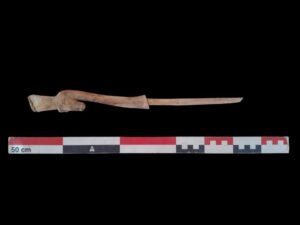

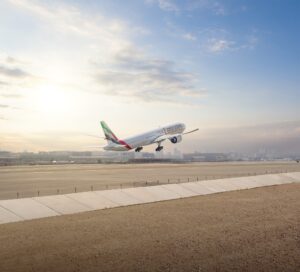
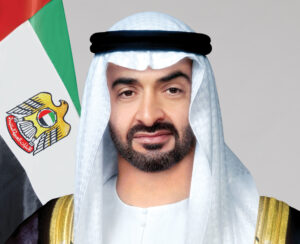

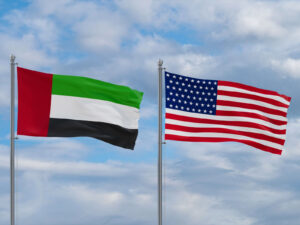



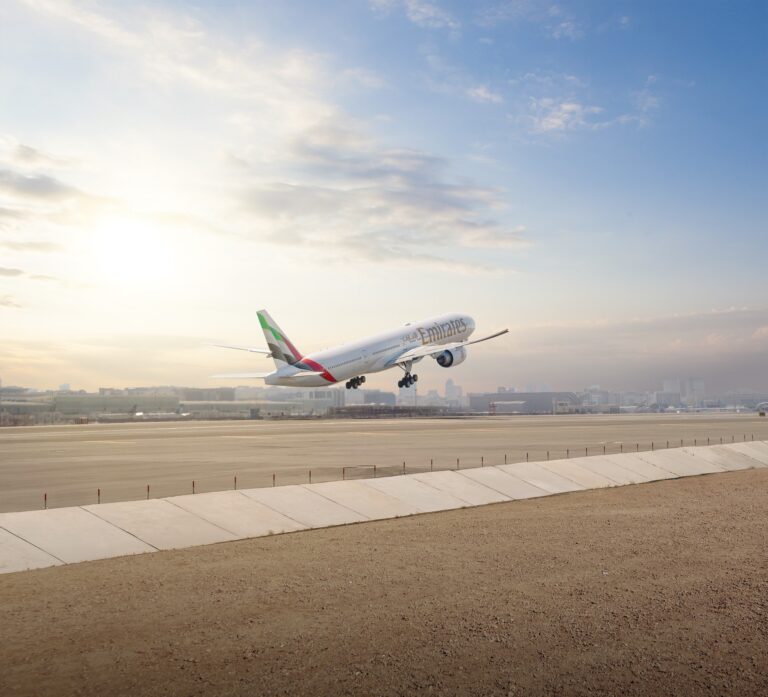
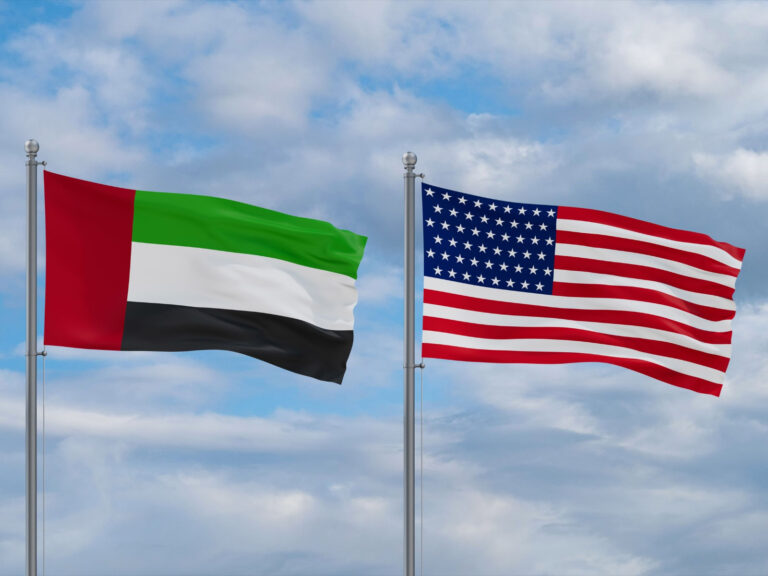
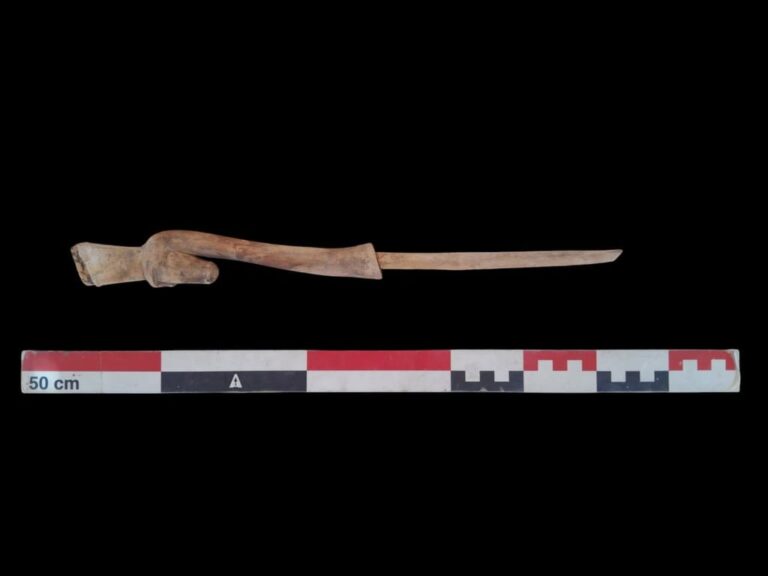


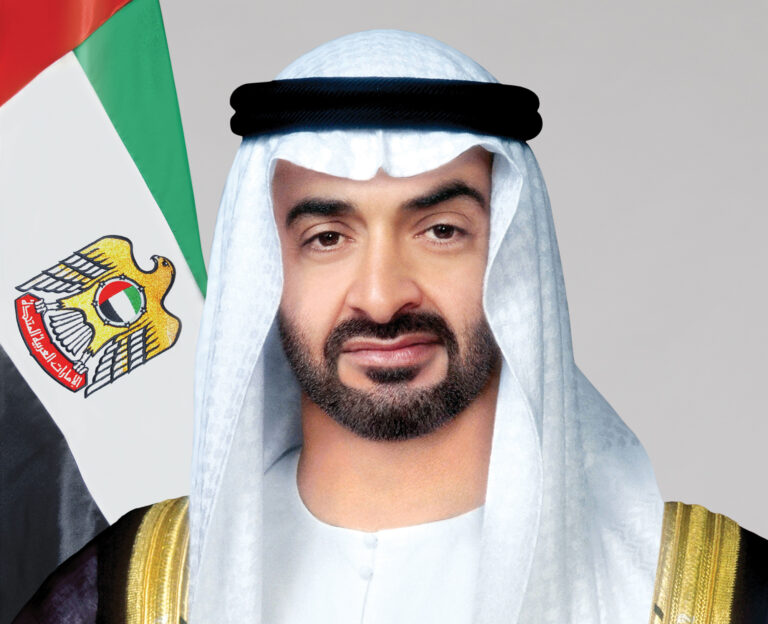

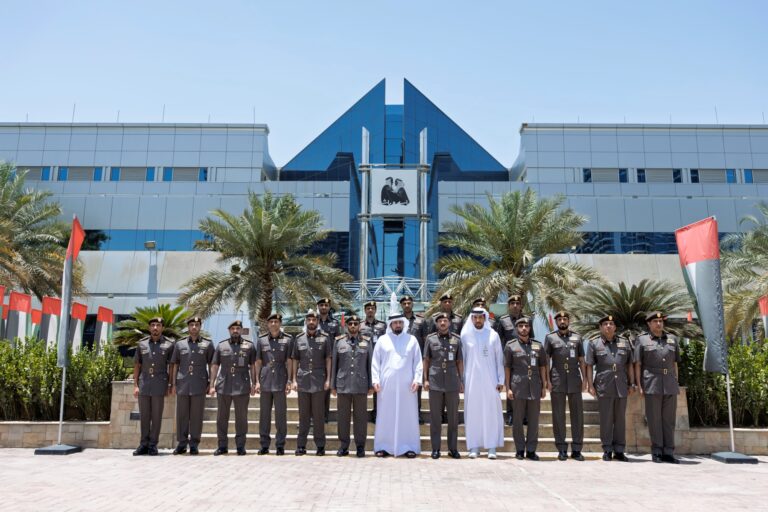
+ There are no comments
Add yours